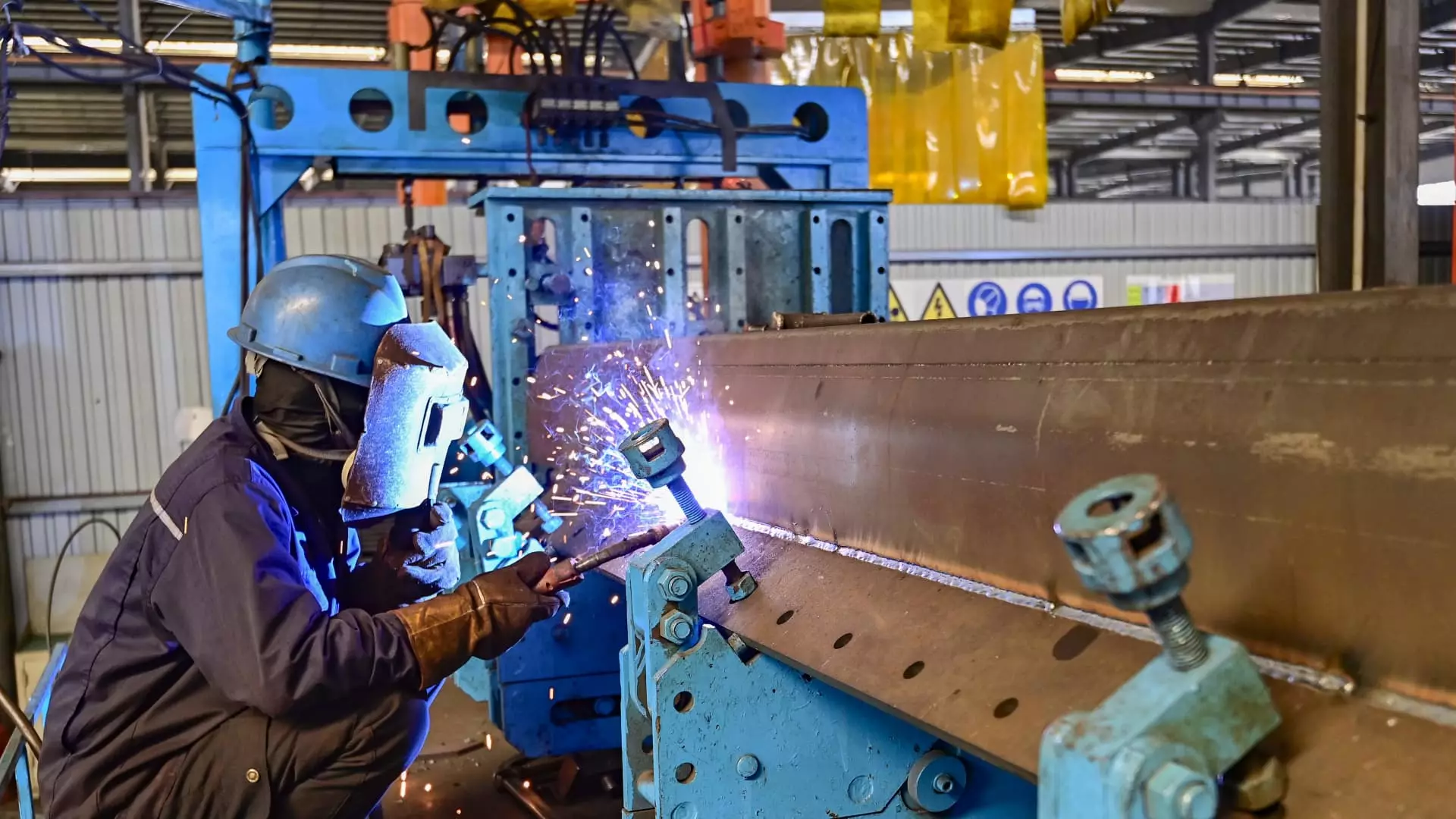In March, China’s manufacturing activity experienced a significant expansion, marking the first growth in six months, according to an official factory survey. The official purchasing managers’ index (PMI) rose to 50.8 from 49.1 in February, surpassing expectations. This increase is a positive sign for policymakers, hinting at a potential recovery despite the ongoing challenges faced by the economy, particularly in the property sector.
Analysts attribute the growth in manufacturing activity to improvements in domestic supply and demand, as well as a boost in homeowner and business confidence. Additionally, there has been an uptick in willingness to consume and invest, indicating a gradual recovery in economic sentiment. New export orders also saw a positive trend after an 11-month slump, further adding to the overall optimistic outlook.
While the expansion in manufacturing is a promising development, challenges still exist, particularly in the labor market. Employment continued to shrink, although at a slower pace, raising concerns about the overall health of the workforce. Additionally, the lingering crisis in the property sector poses a significant drag on growth, highlighting the need for continued policy support and structural reforms.
Despite these challenges, recent indicators suggest that China’s economy is on track for a strong finish to the first quarter. Analysts have started revising their growth forecasts for the year, reflecting growing optimism about the country’s economic prospects. Premier Li Qiang announced an ambitious growth target of around 5% for 2024, signaling a commitment to sustaining momentum and driving recovery.
To support economic growth and drive recovery, policymakers are expected to roll out additional stimulus measures. Recent policy initiatives aimed at promoting equipment upgrades and consumer goods sales demonstrate a proactive approach to revitalizing key sectors of the economy. However, analysts caution that more comprehensive reforms may be needed to address structural imbalances and ensure sustainable growth in the long term.
Looking ahead, analysts express concerns about the risk of stagnation and the need to reorient the economy towards household consumption and market-driven resource allocation. The heavy reliance on infrastructure investments, while effective in the past, may not be sustainable in the long run. By focusing on enhancing consumer spending and promoting innovation, China can position itself for long-term growth and resilience in the face of evolving global dynamics.
While the expansion in manufacturing activity is a positive development, it is essential for China to address underlying challenges and seize opportunities for sustainable growth. By adopting a comprehensive approach that combines policy support, structural reforms, and a strategic shift towards a more consumer-driven economy, China can build a strong foundation for future prosperity.

Leave a Reply